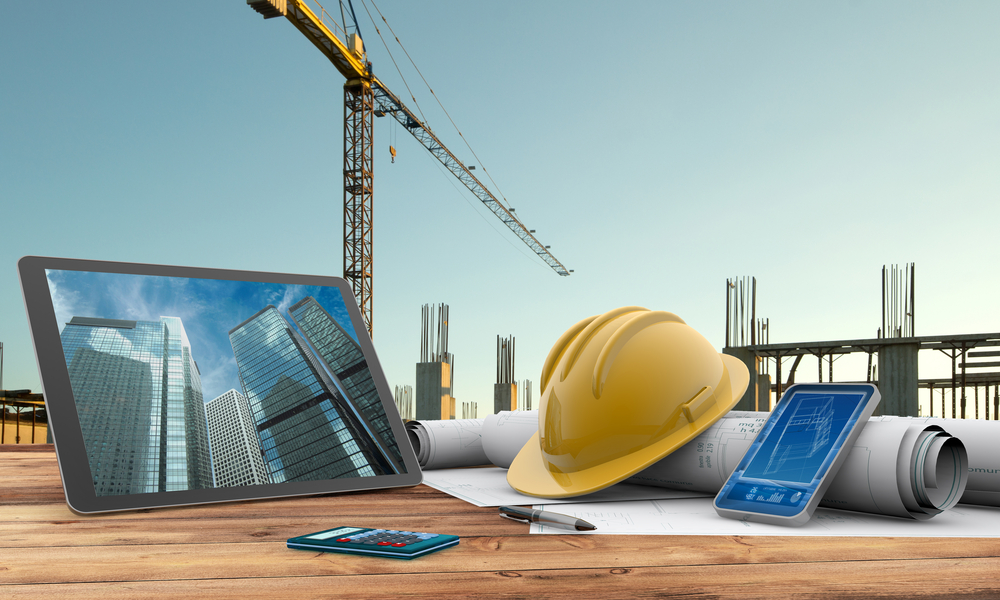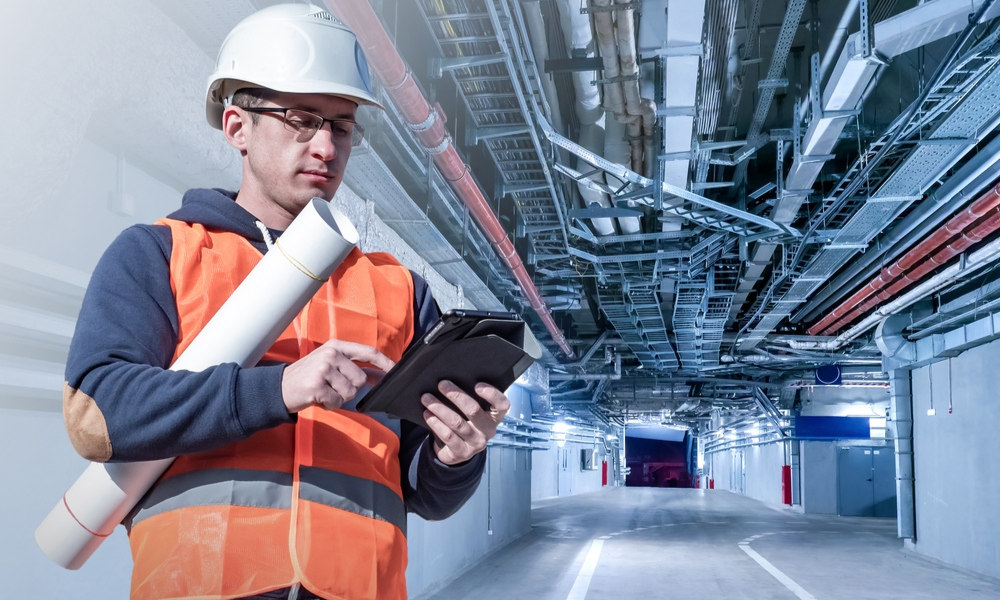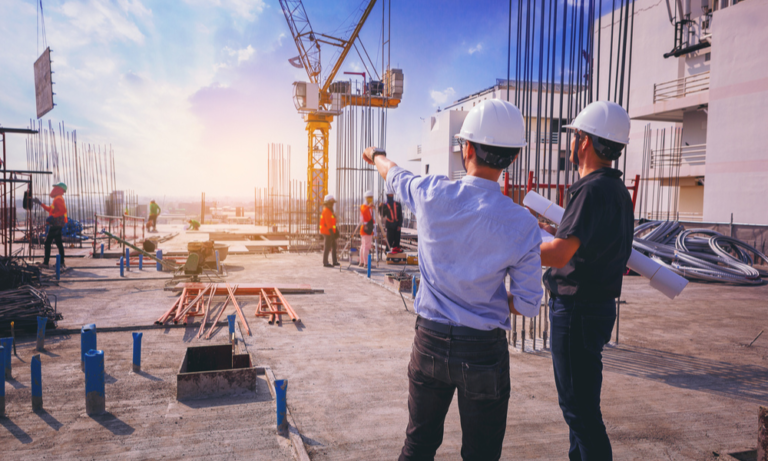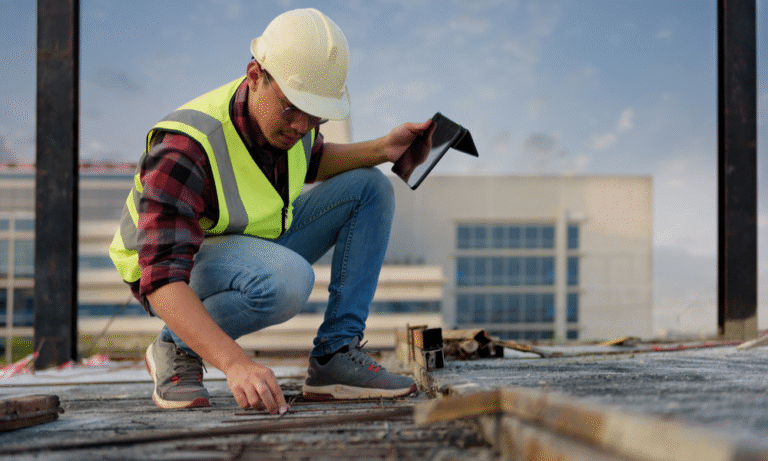Estimated reading time: 5 minutes
In a world where natural disasters often strike without warning, my role as a structural engineer feels like that of a quiet protector. Behind every sturdy building that stands strong against earthquakes, hurricanes, or floods, there’s careful planning, analysis, and innovation. Let me walk you through how I—and others in my profession—help safeguard structures and, by extension, lives.
What You’ll Learn in This Article
How I assess the vulnerabilities of buildings and infrastructure.
The strategies I use to mitigate disaster risks.
My role during emergency responses and recovery efforts.
Lessons I apply from past disasters to make future structures more resilient.
Understanding Building Vulnerabilities
My first task is to figure out what might go wrong. I assess vulnerabilities, looking for weaknesses that could spell disaster during an earthquake, hurricane, or flood. It’s like being a building doctor—I diagnose issues before they become life-threatening.
Factors I Consider:
Building Materials: Are they strong enough to handle the forces of nature? (Hint: If it’s brittle, it’s trouble.)
Construction Techniques: Even the best materials fail if they’re not assembled properly.
Location, Location, Location: Geography matters. A building near a fault line or on a floodplain faces unique challenges.
Mitigation Strategies I Develop

Once I know the risks, it’s time to act. Think of this phase as preventative medicine for buildings.
Some of My Go-To Techniques:
Retrofitting Older Structures: I strengthen aging buildings to meet modern safety standards. Yes, even your century-old brick building can get an upgrade.
Smarter Design for New Builds: When starting from scratch, I prioritize features that resist natural disasters, like flexible materials for seismic zones.
Advocating for Better Building Codes: I work with policymakers to raise the bar for safety. It’s not glamorous, but it saves lives.
When Disaster Strikes: My Role in Emergency Response
If you think my job ends with prevention, think again. When disaster hits, I spring into action.
My Tasks Include:
Rapid Assessments: I determine which buildings are safe and which ones scream, “Evacuate now!” It’s like triaging structures.
Temporary Shelter Design: Creating emergency shelters may not win style awards, but safety and functionality are non-negotiable.
Collaborating with First Responders: Engineers like me provide critical data that helps emergency teams allocate resources wisely.
A quick aside—during one storm response, I designed a shelter out of shipping containers. Functional, durable, and oddly charming!
Recovery and Reconstruction: Picking Up the Pieces

Post-disaster, my focus shifts to rebuilding. Here, I collaborate with architects, urban planners, and government agencies to ensure the recovery process doesn’t just rebuild what was lost but improves it.
How I Help Rebuild:
Damage Assessments: I identify what’s salvageable and what needs to go.
Reconstruction Plans: These aren’t just about restoring; they’re about resilience. Every rebuild is an opportunity to fortify for the future.
Community-Centric Design: I factor in the needs of displaced families and businesses, ensuring they have safe and functional spaces to return to.
Learning from Disasters to Build Resilience
Every disaster teaches me something new. I analyze how buildings performed during past events and use that knowledge to refine my approach. It’s like a never-ending science experiment, but with higher stakes.
Lessons I Apply:
Structures with flexible foundations fare better in earthquakes.
Aerodynamic designs minimize wind damage.
Elevated homes are lifesavers in flood-prone areas.
Pro tip: If you live near water, invest in flood-resistant features. You’ll thank me later.
A Look Toward the Future
The challenges are growing. Climate change brings stronger hurricanes and rising sea levels, pushing my field to innovate constantly. Here’s how I see the future of disaster-resilient design:
Smart Buildings: With sensors that monitor structural integrity in real-time, these structures are like the fitness trackers of architecture.
Advanced Materials: From self-healing concrete to carbon fiber reinforcements, the possibilities are exciting.
Global Collaboration: Engineers worldwide are sharing ideas to tackle these challenges together.
Why My Work Matters
At the end of the day, my job isn’t just about steel beams and concrete. It’s about protecting people. Every calculation I make, every retrofit I design, and every building code I advocate for is driven by that goal.
So, next time you see a building standing strong after a disaster, remember—there’s a structural engineer like me behind it, quietly making sure it’s safe for you and your loved ones.
Final Thoughts
Protecting buildings from disasters isn’t just my profession; it’s my passion. By assessing risks, implementing smart designs, and applying lessons learned, I help create structures that stand the test of time—and nature. And while disasters may be inevitable, the devastation they cause doesn’t have to be.
Now, if you’ll excuse me, I’ve got a new project to tackle. Let’s just say it’s a real cliffhanger—literally!



